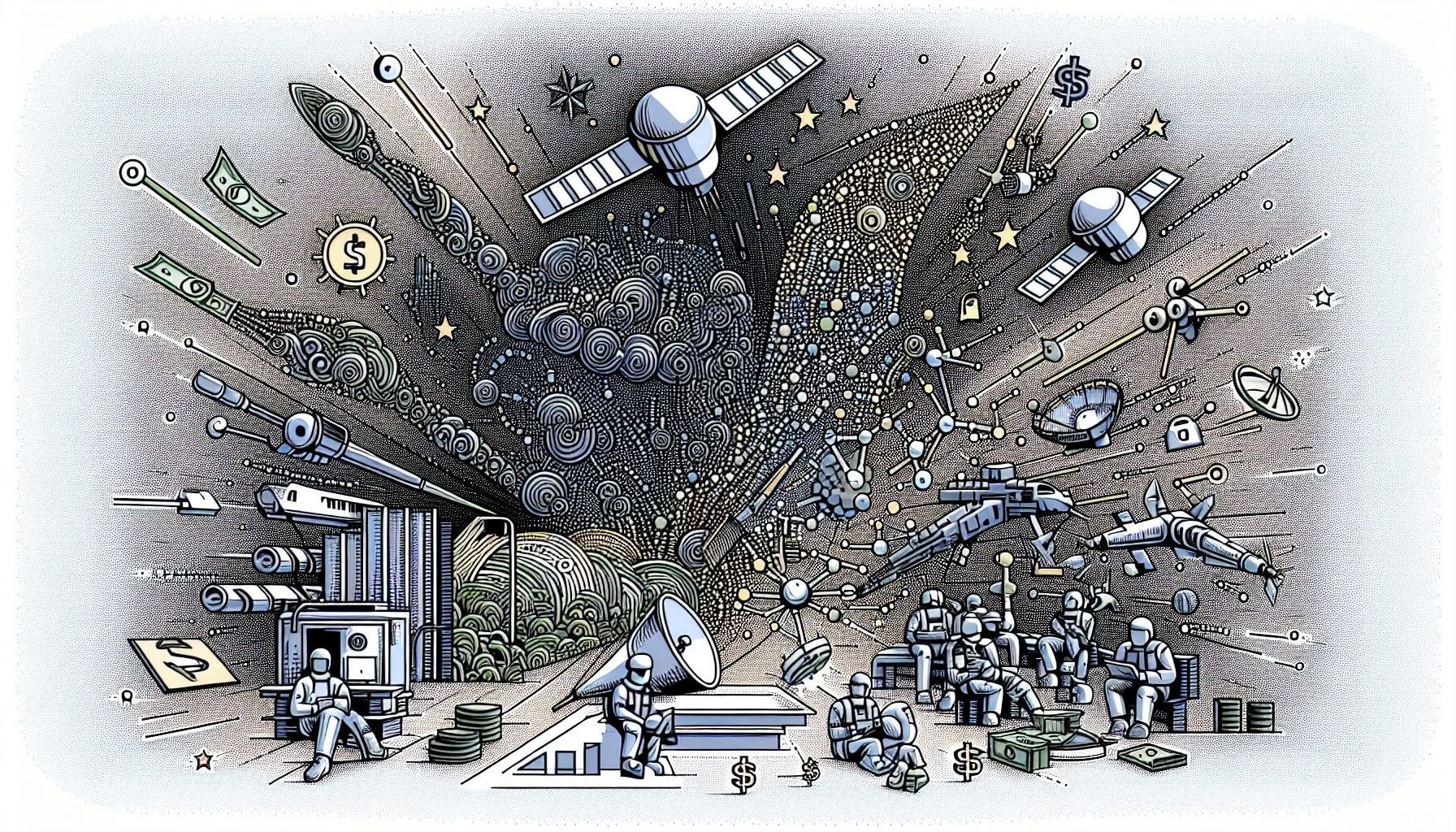AI Revolution in Military Communications: Enhancing Security and Efficiency

New York, Wednesday, 13 November 2024.
The military communication sector is undergoing a significant transformation, driven by AI integration, satellite technology advancements, and a shift towards software-defined networking. These innovations are set to bolster cybersecurity and operational resilience in global military communications, with the market projected to reach $49.19 billion by 2029.
AI and Machine Learning: Transforming Military Communications
Artificial Intelligence (AI) and Machine Learning (ML) are at the forefront of transforming military communications. These technologies enhance data analysis, optimize network performance, and automate decision-making processes, making them invaluable to military operations. AI-powered Natural Language Processing (NLP) is notably improving human-machine interactions, allowing military personnel to communicate more intuitively with advanced systems. These advancements not only increase efficiency but also provide a strategic advantage by enabling real-time data analytics and decision-making capabilities[1].
Satellite Technology: A Catalyst for Secure Communications
Satellite technology advancements are revolutionizing military communications by providing increased bandwidth and enhanced security. Recent developments in high-throughput satellites and small satellite technologies are critical in ensuring secure and reliable communication channels for military operations worldwide. These technologies support mission-critical functions, such as real-time battlefield monitoring and unmanned vehicle operations, by offering higher data transmission speeds and reliability[1]. The deployment of 5G technology further enhances these capabilities by reducing latency and increasing data transfer speeds, thereby supporting more efficient and responsive military operations[1].
Cybersecurity: A Growing Priority
With the increasing digitization of military communication networks, cybersecurity has become a central concern. Defense organizations are investing heavily in robust cybersecurity measures to protect sensitive data from potential cyber threats. Advanced encryption standards, secure communication protocols, and real-time threat detection systems are essential components of modern military communication networks. These measures ensure that military communications remain secure and resilient against a backdrop of rapidly evolving cyber threats[1].
Market Growth and Future Prospects
The military communication market is estimated at $30.05 billion in 2023 and is forecasted to grow to $49.19 billion by 2029, with a compound annual growth rate (CAGR) of 8.4%[1]. This growth is driven by the increasing emphasis on security, reliability, and resilience in military communications. Governments and defense contractors are investing significantly in research, development, and procurement of advanced communication solutions to safeguard national security. As AI and ML technologies continue to evolve and integrate with military communications, the market is poised for significant advancements and opportunities[1].